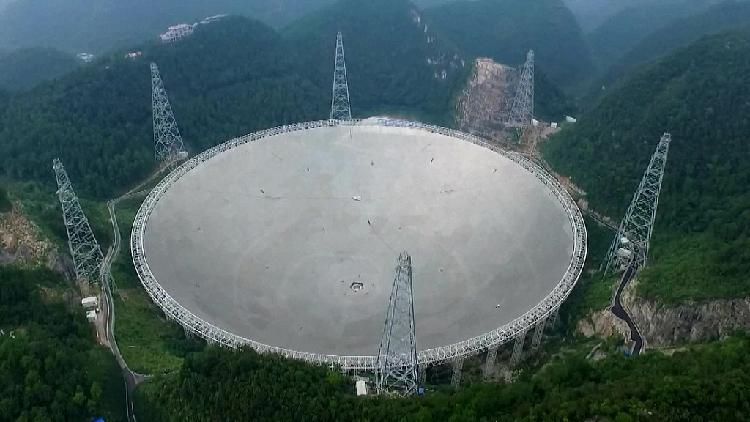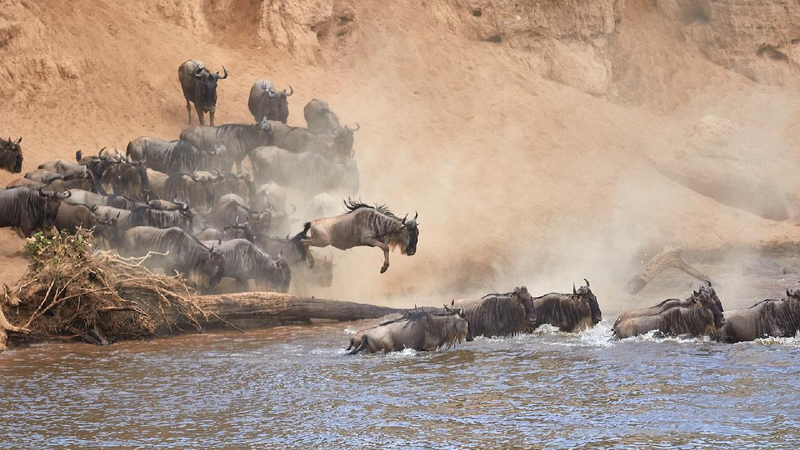Have you ever looked up at the night sky and wondered what’s out there? 🌟 Well, guess what? Scientists from China and South Africa have teamed up to explore some of the oldest and most mysterious parts of our galaxy using two super-powerful telescopes!
Meet the Super Telescopes! 🔭
First up is China’s Five-hundred-meter Aperture Spherical Radio Telescope (FAST). It’s so big that it could fit 30 soccer fields inside! It can pick up the faintest signals from space, even from stars millions of light years away.
Then there’s South Africa’s MeerKAT telescope. It’s not just one telescope but an array of 64 dishes working together. This telescope looks at wide areas of the sky to find interesting signals.
What Did They Discover?
They pointed their telescopes at something called globular clusters. These are huge groups of millions of stars that are some of the oldest in our galaxy, the Milky Way. Imagine a giant sparkling ball made up of stars! ✨
Inside these clusters are special stars called pulsars. Pulsars are like cosmic lighthouses—they spin really fast and send out beams of energy that we can detect here on Earth. They help scientists learn about space, like how a lighthouse helps ships navigate the sea.
A Clean Space Mystery 🧐
By studying these pulsars, the scientists found that seven globular clusters were surprisingly clean—they didn’t have the usual space ‘dust’ you’d expect. This is a big mystery! Why are these areas so dust-free?
One idea is that smaller but super active stars like white dwarfs and neutron stars are blowing the dust away with their energy. It’s like when you use a hairdryer to blow away sand! 💨
Why Is This Important?
Understanding these clean globular clusters helps us learn more about how our galaxy formed and evolved over billions of years. Plus, working together with big telescopes from different countries shows how teamwork can help us solve cosmic puzzles! 🌍🤝
What’s Next?
The scientists are excited to keep working together. Next, they want to study how pulsars might change over time and even search for signals that could come from extraterrestrial civilizations! 👽
The universe is huge and full of mysteries. Who knows what we’ll discover next? 🚀
Reference(s):
cgtn.com




